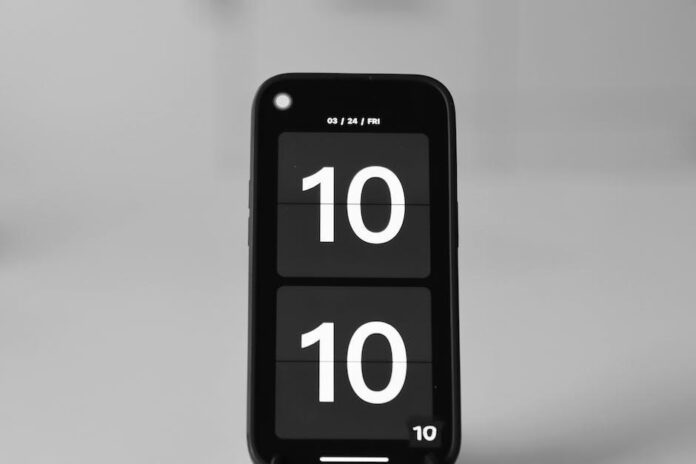
Capturing screenshots on a Windows computer can be a handy tool for a variety of reasons. Whether you want to save a snapshot of a webpage, share an error message with tech support, or simply keep a record of something on your screen, knowing how to easily take a screenshot can be a useful skill. In this step-by-step guide, we’ll walk you through the different methods you can use to capture screenshots on a Windows PC.
Using the Print Screen key
The easiest and most straightforward way to take a screenshot on a Windows computer is to use the Print Screen key. This key is usually labeled as “PrtScn” and is typically located in the top row of the keyboard, to the right of the function keys.
To take a screenshot using the Print Screen key, simply press the key once. This will capture an image of everything on your screen and copy it to the clipboard. You can then paste the screenshot into a document or image editing program, such as Microsoft Paint, by pressing “Ctrl” + “V”. From there, you can save the screenshot as a file.
Using the Snipping Tool
Windows also offers a built-in tool called the Snipping Tool, which provides more flexibility and control when taking screenshots. To access the Snipping Tool, simply type “snipping tool” into the Windows search bar and open the app.
Once the Snipping Tool is open, click on “New” to start the snipping process. You can then use your mouse to select the area of the screen you want to capture. After you have made your selection, the snipped image will be displayed in the Snipping Tool window. From there, you can save the screenshot as a file.
Using the Snip & Sketch tool
If you are using Windows 10, you also have the option to use the Snip & Sketch tool, which offers an even more user-friendly experience for taking screenshots. To access the Snip & Sketch tool, simply type “snip & sketch” into the Windows search bar and open the app.
Once the Snip & Sketch tool is open, click on “New” to start the snipping process. You can then use your mouse to select the area of the screen you want to capture. After you have made your selection, the snipped image will be displayed in the Snip & Sketch window. From there, you can save the screenshot as a file.
Using the Windows Game Bar
If you are a gamer or simply using a Windows computer with a modern GPU, you can also use the Windows Game Bar to capture screenshots. To access the Game Bar, simply press “Win” + “G” on your keyboard.
Once the Game Bar is open, click on the camera icon to take a screenshot. You can then find the screenshot in your Videos folder under “Captures”.
Using keyboard shortcuts
There are also several keyboard shortcuts you can use to take specific types of screenshots on a Windows computer. Here are some of the most common shortcuts:
– “Alt” + “PrtScn” – This captures the active window and copies it to the clipboard.
– “Win” + “Shift” + “S” – This opens the Snip & Sketch tool in a specific mode that allows you to select an area of the screen to capture.
Easily saving and sharing your screenshots
Once you have taken a screenshot on your Windows computer, you may want to save or share it. To save a screenshot as a file, simply paste it into an image editing program, such as Microsoft Paint, and then save the file. You can also share screenshots directly from the Snipping Tool, Snip & Sketch, or the Windows Game Bar.
Conclusion
Taking screenshots on a Windows computer is a simple and useful skill that can come in handy for a variety of purposes. Whether you use the Print Screen key, the Snipping Tool, the Snip & Sketch tool, the Windows Game Bar, or keyboard shortcuts, there are several easy methods for capturing screenshots on a Windows PC. By following this step-by-step guide, you can easily take and save screenshots to keep a record of what’s on your screen. So, next time you need to capture an image on your Windows computer, you’ll be well-equipped to do so with ease.


















